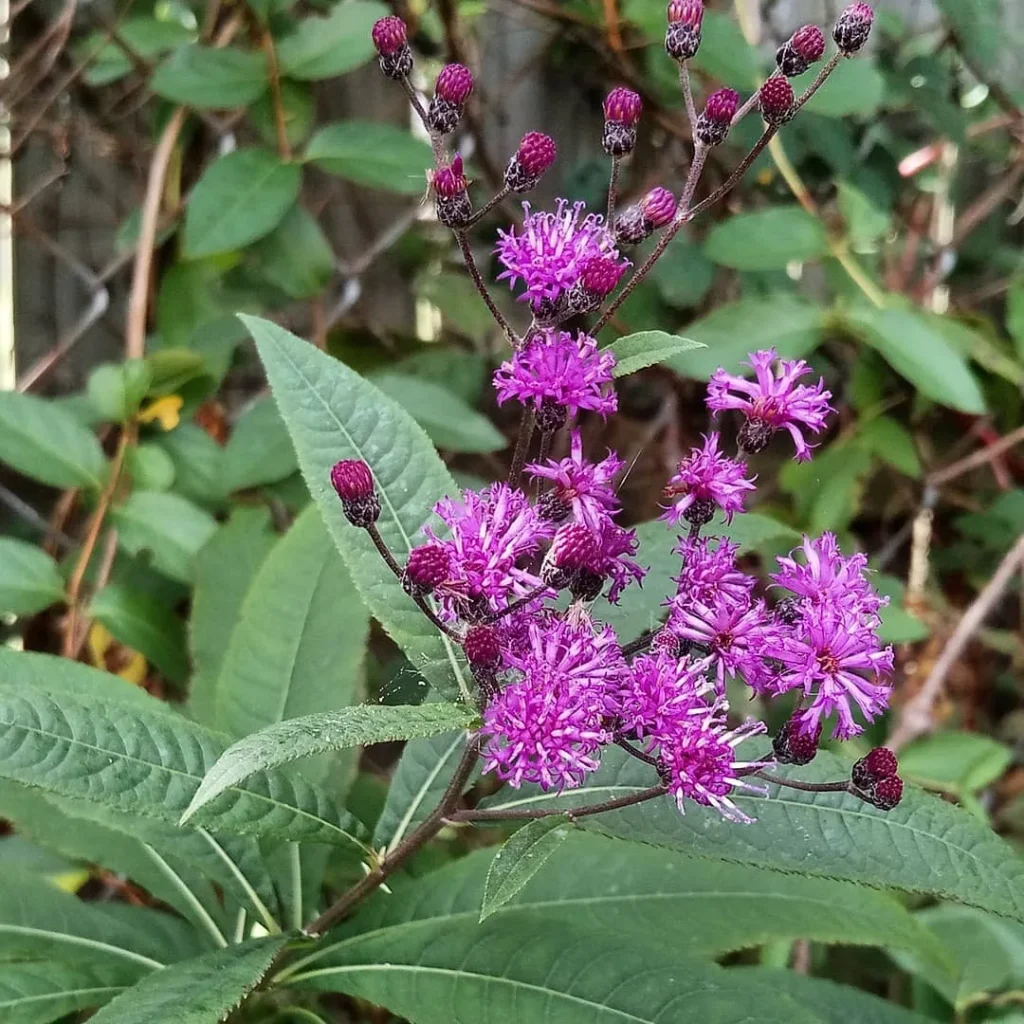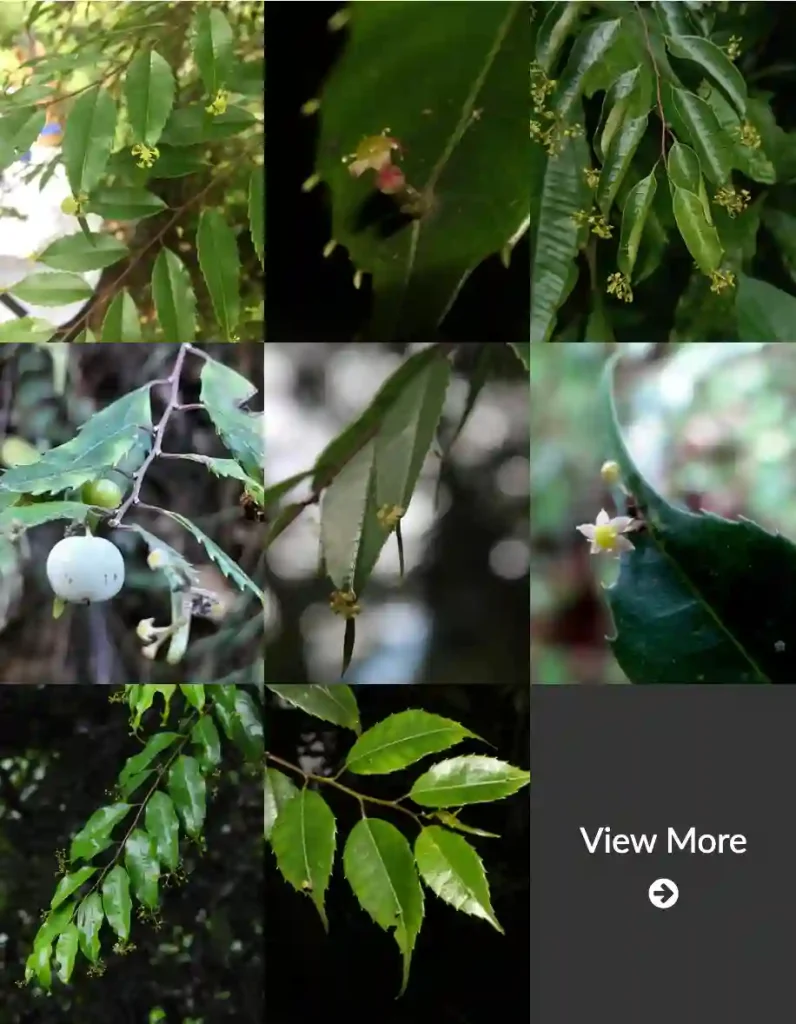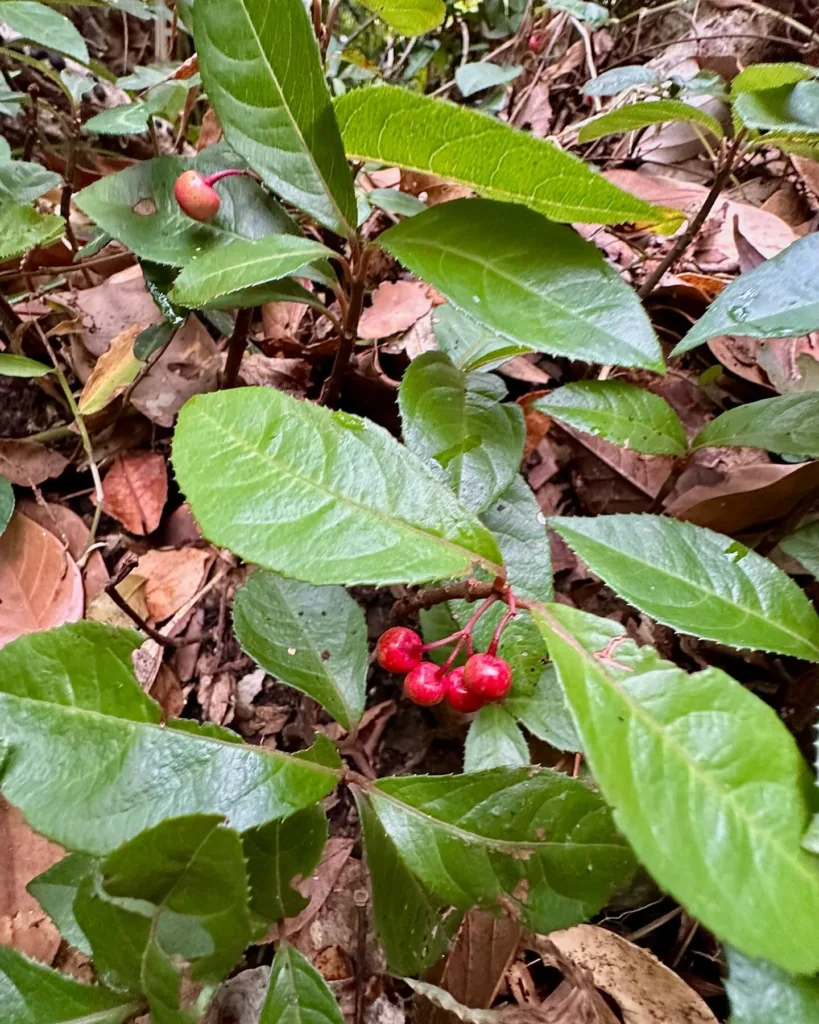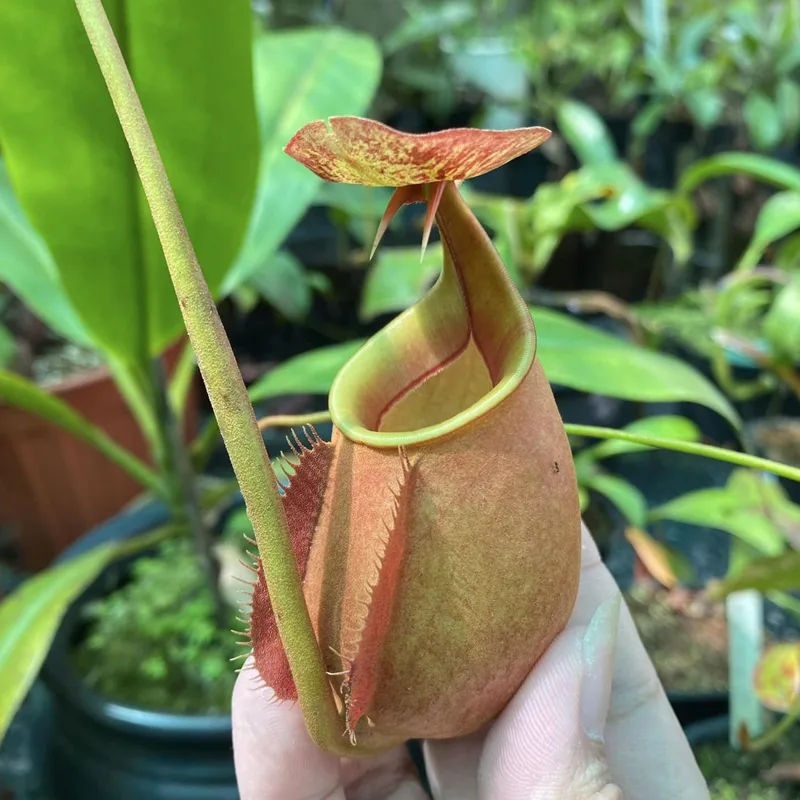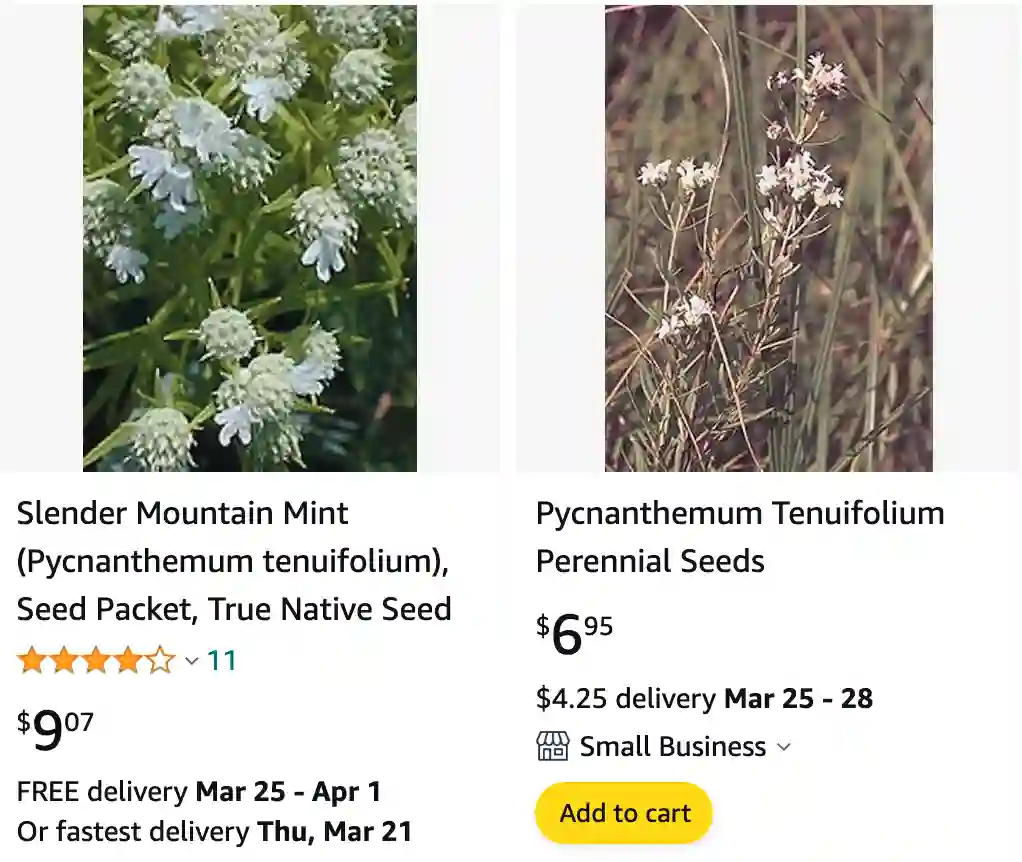
Narrowleaf Mountain Mint: A Fragrant Friend for Your Garden
As a gardener, I’m always on the lookout for plants that are both beautiful and beneficial. Enter Pycnanthemum tenuifolium, also known as Narrowleaf Mountain Mint. This native North American perennial has quickly become a favorite in my garden, and for good reason. Let’s delve into the world of Narrowleaf Mountain Mint and explore its many charms.
19 Species in Genus Pycnanthemum
What is Pycnanthemum Tenuifolium?
Pycnanthemum Tenuifolium – Narrowleaf Mountain Mint is a herbaceous perennial belonging to the mint family (Lamiaceae). It’s native to central and eastern North America, where it thrives in meadows, prairies, and open woodlands. This tough plant boasts wiry, green, branching stems that can reach up to 3 feet tall. The real stars of the show, however, are the leaves. Narrow and silvery-green, they resemble delicate needles and release a delightful minty fragrance when crushed.
Showstopping Blooms and a Pollinator Magnet
But Narrowleaf Mountain Mint isn’t just about foliage. From mid- to late summer, the plant erupts in a stunning display of white flowers with faint lavender spots. These blooms are arranged in clusters at the tops of the stems, adding a touch of elegance to the garden. What’s even better is that these fragrant flowers are a magnet for pollinators. Butterflies, bees, and hummingbirds all flock to Narrowleaf Mountain Mint, making it a valuable addition to any pollinator-friendly garden.
Easy Care for Lasting Beauty
One of the things I love most about Narrowleaf Mountain Mint is its ease of care. This low-maintenance plant thrives in full sun and tolerates a wide range of soil conditions, as long as it’s well-drained. Once established, it’s quite drought-tolerant, making it a perfect choice for hot, dry climates. In terms of maintenance, a light pruning after flowering can encourage bushier growth. Other than that, Narrowleaf Mountain Mint is happy to take care of itself.
How to Propagate Narrowleaf Mountain Mint?
If you’d like to share the beauty of Narrowleaf Mountain Mint with other gardeners, there are two main ways to propagate this plant: division and seeds. Division is the easiest method and can be done in spring or fall. Simply dig up a mature plant and carefully divide it into sections, each with healthy roots and shoots. Replant the divisions in their new locations and water them well.
For the more adventurous gardener, propagation by seeds is also possible. Seeds can be sown directly outdoors in fall or started indoors in pots in late winter. Once the seedlings have a few sets of true leaves, they can be transplanted outdoors.
Planting Partners for Narrowleaf Mountain Mint
Narrowleaf Mountain Mint’s upright form and silvery foliage make it a versatile companion for other plants in the garden. Here are a few ideas:
- Coneflowers (Echinacea purpurea): The vibrant purple blooms of coneflowers complement the white flowers of Narrowleaf Mountain Mint beautifully.
- Black-eyed Susans (Rudbeckia fulgida): Similar to coneflowers, the cheerful yellow blooms of Black-eyed Susans create a striking contrast with Narrowleaf Mountain Mint.
- Grasses: Ornamental grasses, such as switchgrass (Panicum virgatum) or feather reed grass (Calamagrostis acutiflora), add a touch of movement and texture to a planting scheme that includes Narrowleaf Mountain Mint.
Is Narrowleaf Mountain Mint Deer Resistant?
This is a question many gardeners ask, and the answer is a resounding yes! Deer find the strong minty fragrance of Narrowleaf Mountain Mint unpalatable and tend to leave it alone. This makes it a perfect choice for gardens prone to deer browsing.
A Fragrant and Functional Friend
Narrowleaf Mountain Mint is more than just a pretty face. In addition to its ornamental value, it also has some interesting culinary and medicinal uses. The leaves can be used fresh or dried to add a minty flavor to teas, soups, and stews. Be aware, however, that the flavor is quite strong, so use it sparingly. Some people also claim that Narrowleaf Mountain Mint has medicinal properties, but it’s important to consult with a healthcare professional before using it for any medicinal purposes.
Overall, Narrowleaf Mountain Mint is a delightful addition to any garden. Its low-maintenance nature, beautiful blooms, and deer resistance make it a winner in my book. Whether you’re looking for a fragrant pollinator magnet, a versatile planting partner, or a touch of native beauty, Narrowleaf Mountain Mint is sure to please. So why not give this charming perennial a try in your own garden?
If i die, water my plants!
